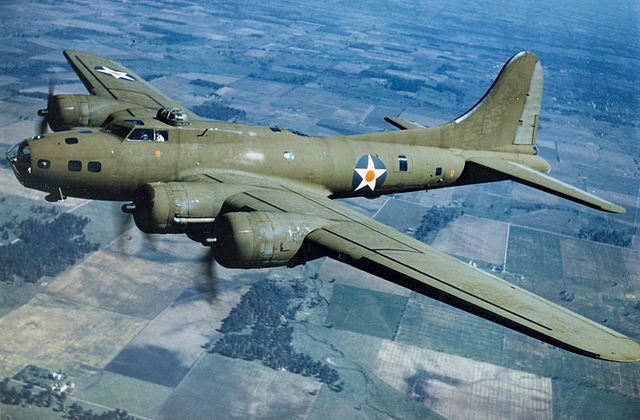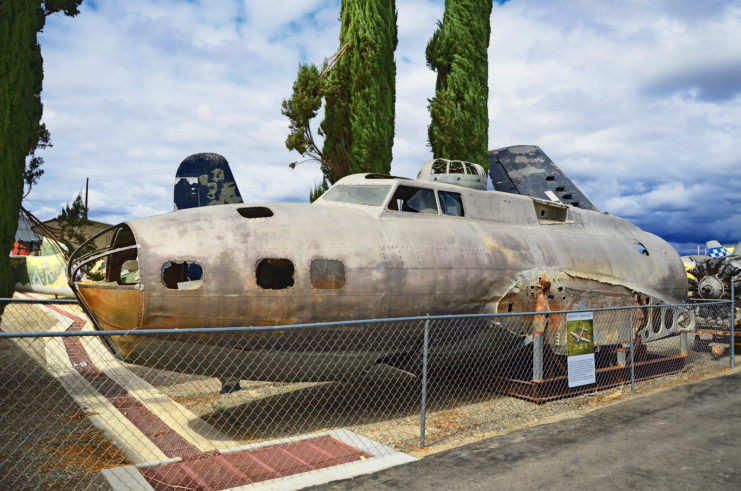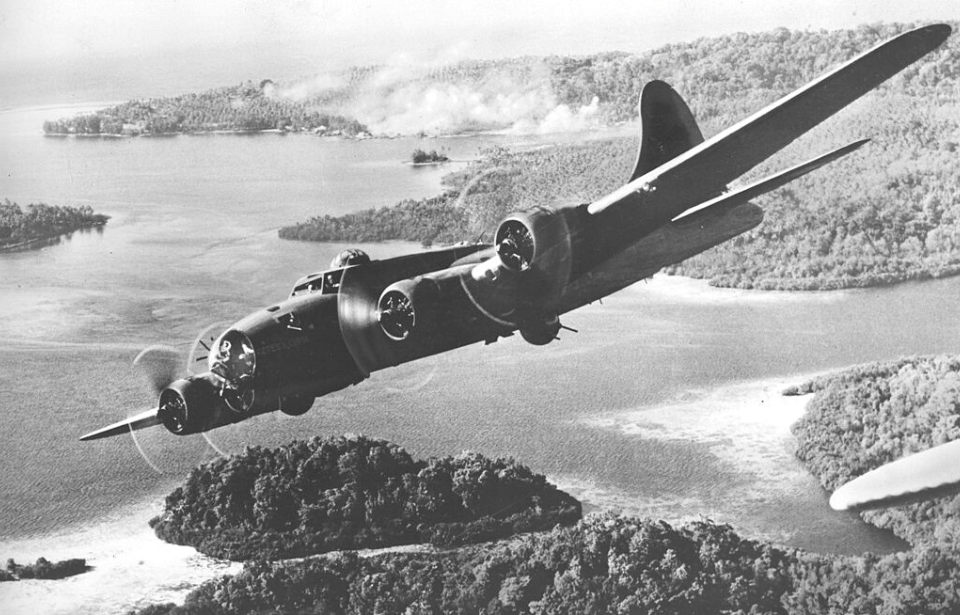
With no other options, Eaton attempted an emergency landing in what appeared to be a wheat field. The crew survived the impact, only to quickly realize they had landed in a crocodile-infested swamp. Despite the dangerous surroundings, they managed to escape and were rescued by local villagers, who treated them for malaria. Once they recovered, the crew continued their service through the remainder of World War II.
The legend of the “Swamp Ghost”

Over the decades, the “Swamp Ghost” evolved into something larger than a lost bomber—it became a legend whispered across Papua New Guinea. Hidden deep within the marshes, the aircraft seemed preserved by isolation itself, its corroded frame standing as both monument and mystery. Nature had claimed it slowly and deliberately: vines wrapped around its wings like grasping hands, mud anchored its body in place, and stagnant water pooled within its hollow shell, as if time itself had stopped at the moment of its fall.
Tales of misfortune and superstition only deepened its mystique, but so too did the fascination it inspired. Historians, explorers, and aviation enthusiasts journeyed into the jungle to see the relic firsthand, each struck by the eerie stillness surrounding it. There, amid the rust and silence, the “Swamp Ghost” transcended its origins as a machine of war—becoming instead a spectral reminder of bravery, decay, and the thin line separating myth from memory.
Salvagers spotted the B-17E Flying Fortress in the jungle

When the Australian airmen spotted the B-17E in 1972, they were astonished by their discovery. The wreck was in remarkable condition, with thermoses filled with coffee poured by the original crew still intact!
In the 1980s, following news of the find, renowned aircraft salvager Fred Hagan and his partner, David Tallichet, embarked on a mission to locate and salvage the wreck. They were astonished to see that the “Swamp Ghost” remained in such excellent shape. Although most of the weapons and mechanics had been taken by locals, the interior was still impressive.
Hagan and Tallichet initiated the reconstruction of the heavy bomber to ensure it was strong enough for transport. However, setbacks delayed their efforts for several years. Ultimately, in 2006, the salvage mission was completed, except for one last hurdle: locals were resistant to its removal. After a ceremony to honor the spirits of the swamp, the aircraft was finally allowed to depart its resting place for the first time in 65 years.
Where is the “Swamp Ghost” now?
More from us: The Douglas SBD Dauntless Changed the Course of the Second World War In a Single Day
Once it was fully restored, the “Swamp Ghost” was put on display at a ceremony in Long Beach, California that was attended by many family members of the original crew. It has since been permanently moved to the Pearl Harbor Aviation Museum in Hawaii, where it’s undergoing restoration.
